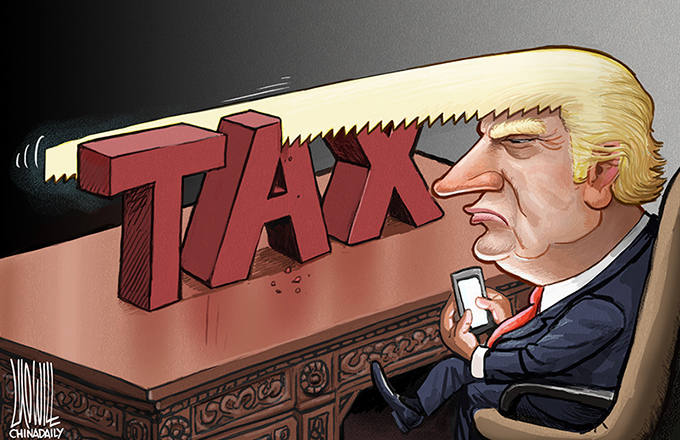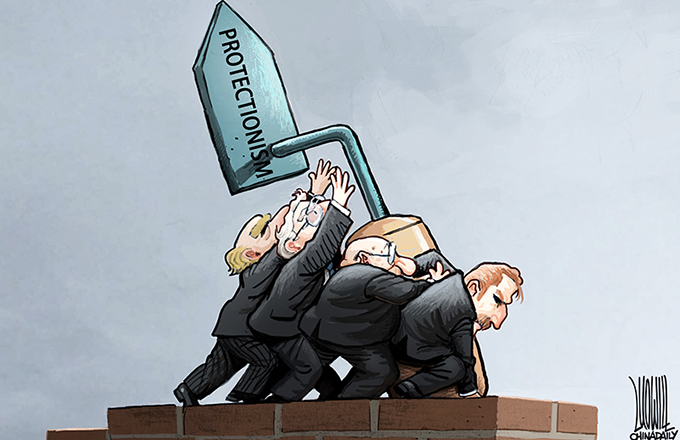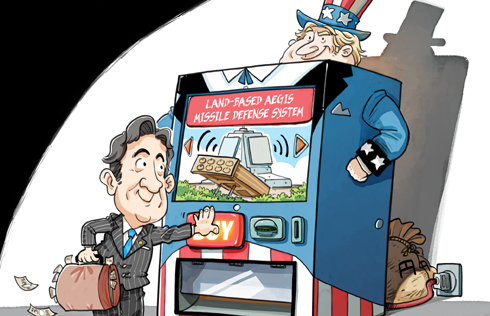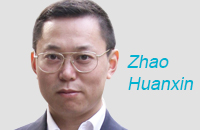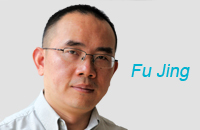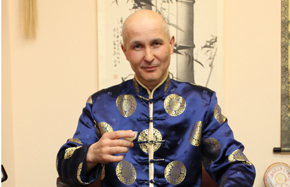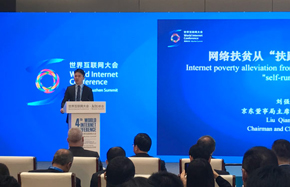A quantum leap forward
China's economic restructuring is not short-term expediency, but rather a profound transition to sustainable growth
China's economic development is at the critical crossroads. Since the launch of reform and opening-up, the Chinese economy has undergone earthshaking changes. With its annual GDP growth rate averaging 9.5 percent, China's accelerated expansion greatly narrowed the gap between it and the world's major developed countries. But the thick smog and haze that frequently shroud central and northern parts of China have made everyone aware of the urgency of reducing emissions and bringing pollution under control, and many other problems, such as excessive investment, excess production capacity, high energy consumption, a widening wealth gap, and under-investment in social security, education and healthcare, are also hindering the country's healthy development.
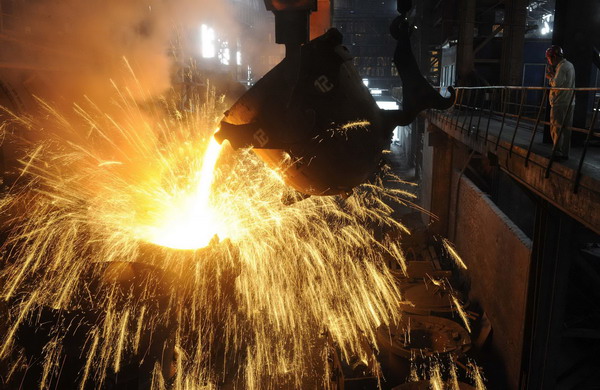
An employee monitors molten iron being poured into a container at a steel plant in Hefei, Anhui province Sept 9, 2013. [Photo/Agencies]
A more sustainable development path is essential for the country's future, and the National Congress of the Communist Party of China marked a shift in policy priority from pursuing high-speed growth to sustainable economic growth, economic restructuring and reform, and the improvement of people's well-being.
However, more efforts are needed to realize economic restructuring, the key to which is optimizing the demand structure, industrial structure, regional structure and urban-rural structure.
To optimize the demand structure, the government should shift its policy focus from investment and real estate to the expansion of domestic demand and maintain a reasonable ratio between consumption and investment, bringing into being a consumption-oriented economic structure. Optimizing the industrial structure requires upgrading and encouraging innovation to ensure the long-term capability to create new competitive advantages for Chinese industries. Optimizing the regional structure means narrowing gap between the coastal and inland areas and promoting balanced development. While optimizing the urban-rural structure needs accelerated, higher quality urbanization and improvements in people's livelihoods.


